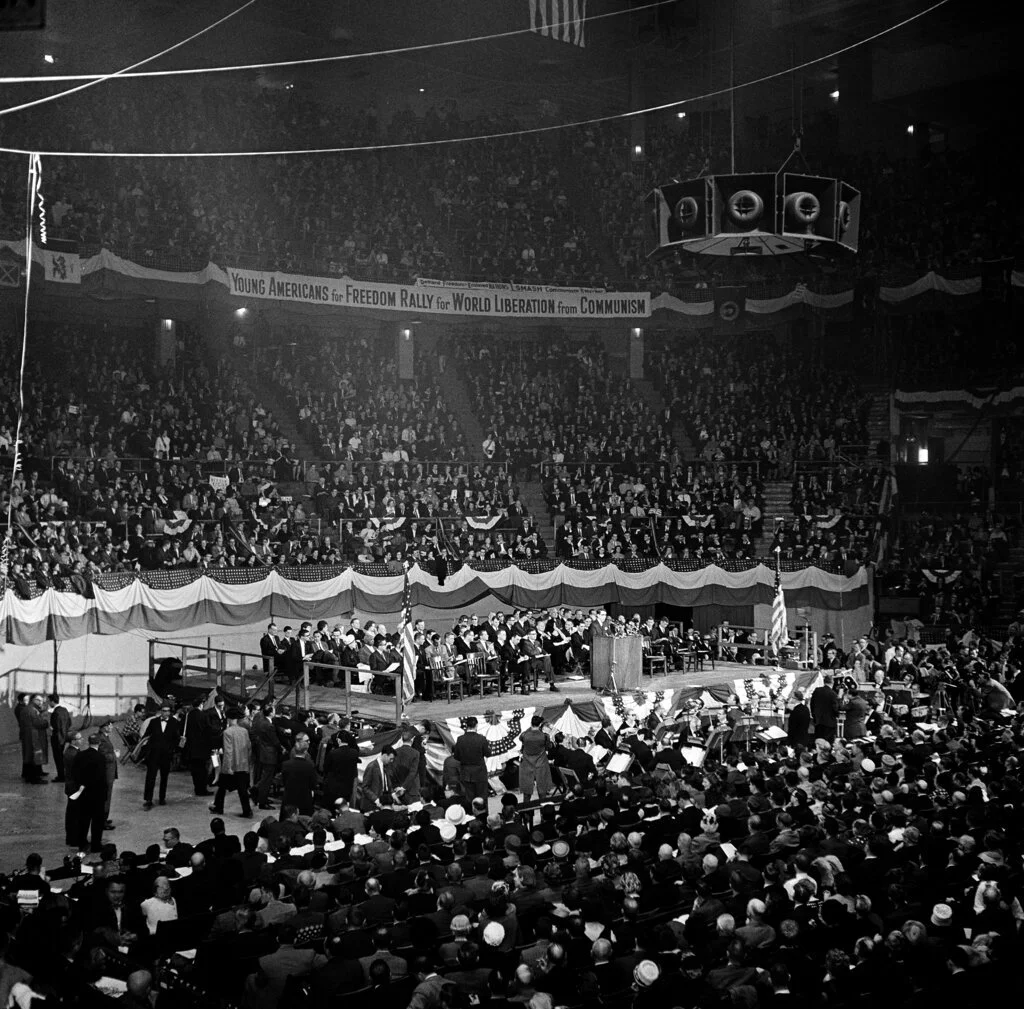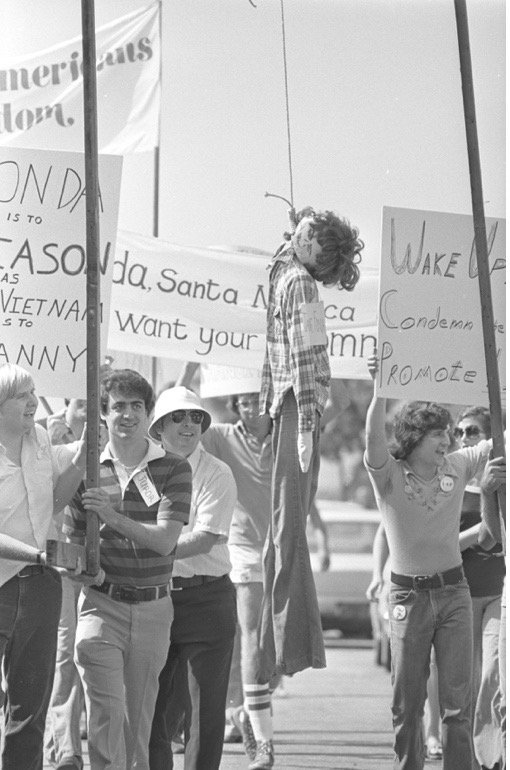Capturing the Flag: How Young Conservative Activists Took Over the Republican Party, 1960–1980
How did the Republican Party, once a broad and ideologically diverse coalition, become the political home of modern conservatism? My dissertation explores this question by telling the story of how a group of determined young activists helped transform the GOP from the inside out—and, in the process, reshaped American politics.
At the heart of this story is a youth organization called Young Americans for Freedom (YAF). Founded in 1960 with the support of prominent conservatives like William F. Buckley Jr., YAF trained a generation of college-aged conservatives in activism, ideology, and institution-building. These young people weren't just volunteers or campaigners; they became what I call “activist-entrepreneurs”—strategic actors who combined ideological commitment with the skills to build and run the institutions that would eventually dominate the Republican Party.
Rather than focusing solely on elite leaders like Ronald Reagan or on grassroots voters, I highlight this often-overlooked middle layer of political actors. These activist-entrepreneurs staffed campaigns, launched think tanks, coordinated legislative strategy, and organized conferences. Over time, they created a parallel ecosystem of conservative institutions that operated alongside—and often in place of—the formal Republican Party infrastructure. In doing so, they didn't just influence the party; they captured it.
I define party capture as more than just influence or alliance. It occurs when a political faction develops enough organizational strength to override the preferences of other groups in the party and reshape its identity, behavior, and priorities. Through YAF and the institutions it spawned—including the Conservative Political Action Conference (CPAC), the Heritage Foundation, and others—conservatives developed the capacity to do exactly that.
This process wasn’t inevitable. It required strategic coordination, ideological discipline, and responsiveness to political opportunity. YAF’s young conservatives learned to “beat the left” on campuses in the 1960s, then translated that experience into lasting political power. They also made hard choices—like purging libertarians and white supremacists from their ranks—to preserve their long-term credibility and focus. By the time Ronald Reagan was elected in 1980, many of YAF’s alumni were already working in key roles across the conservative movement and Republican Party.
By following the rise of YAF from 1960 to 1980, my dissertation offers a new explanation for the conservative transformation of the Republican Party. It shows how a strategic network of activist-entrepreneurs built the institutions, talent pipeline, and ideological infrastructure necessary to take over a major party in a two-party system. In doing so, it not only provides a new lens on American political history, but also helps explain the enduring strength—and internal discipline—of the conservative movement within the GOP today.

